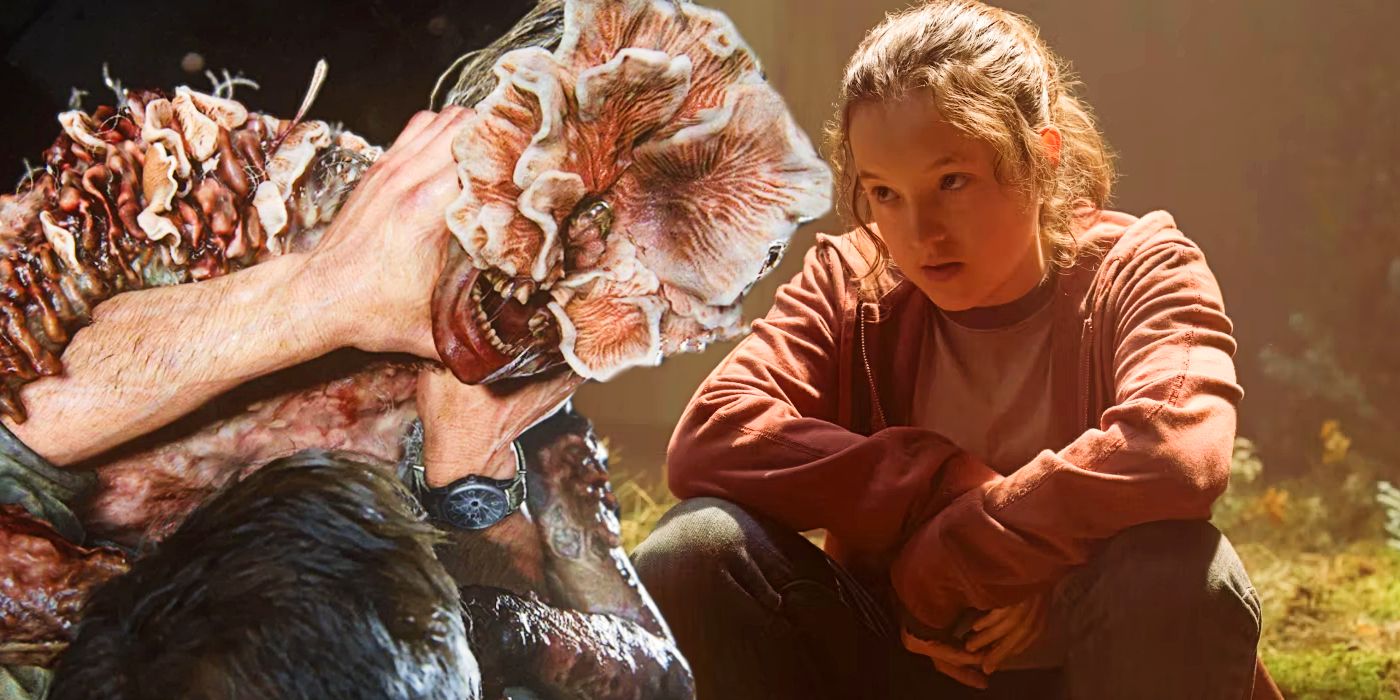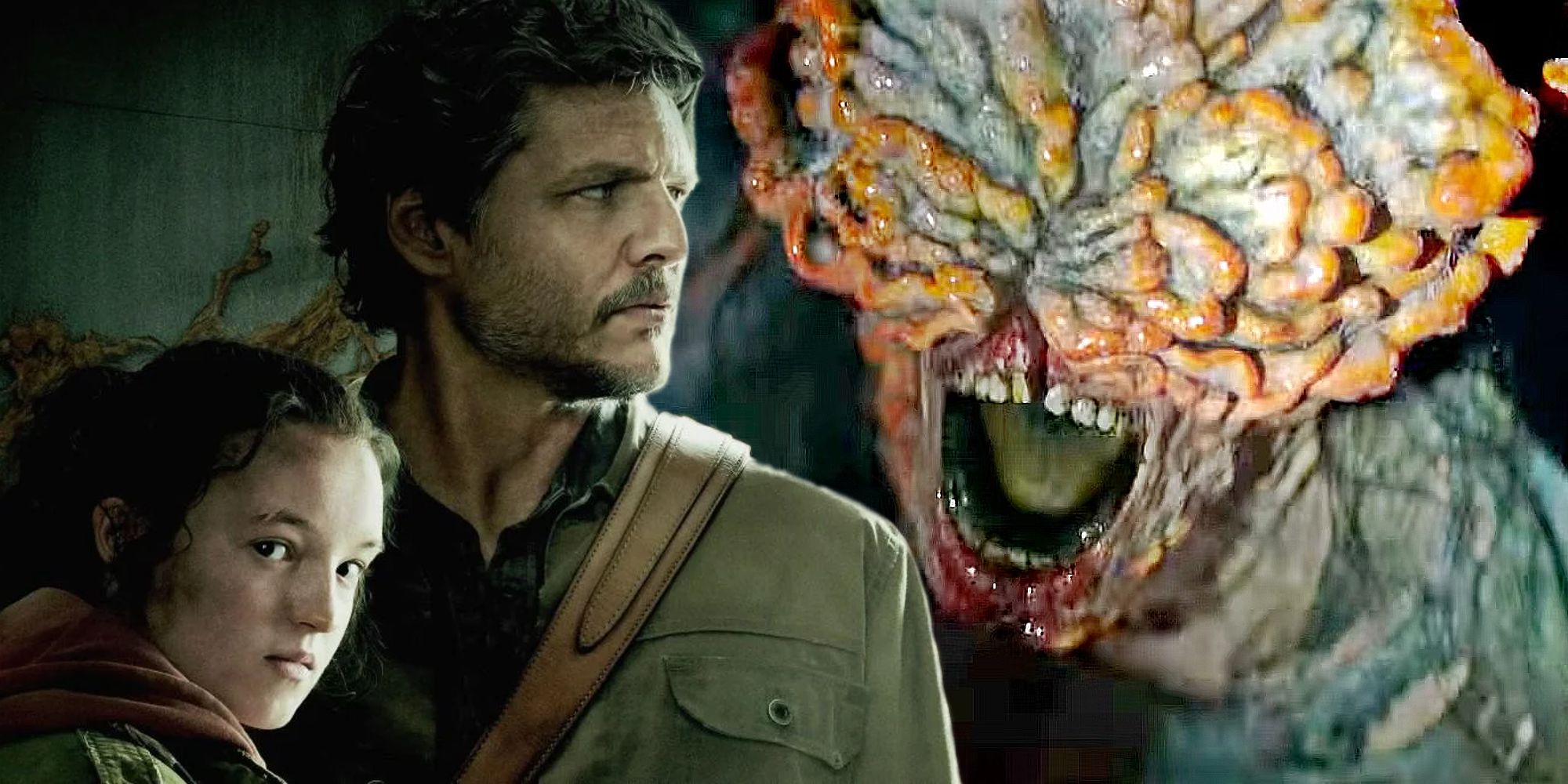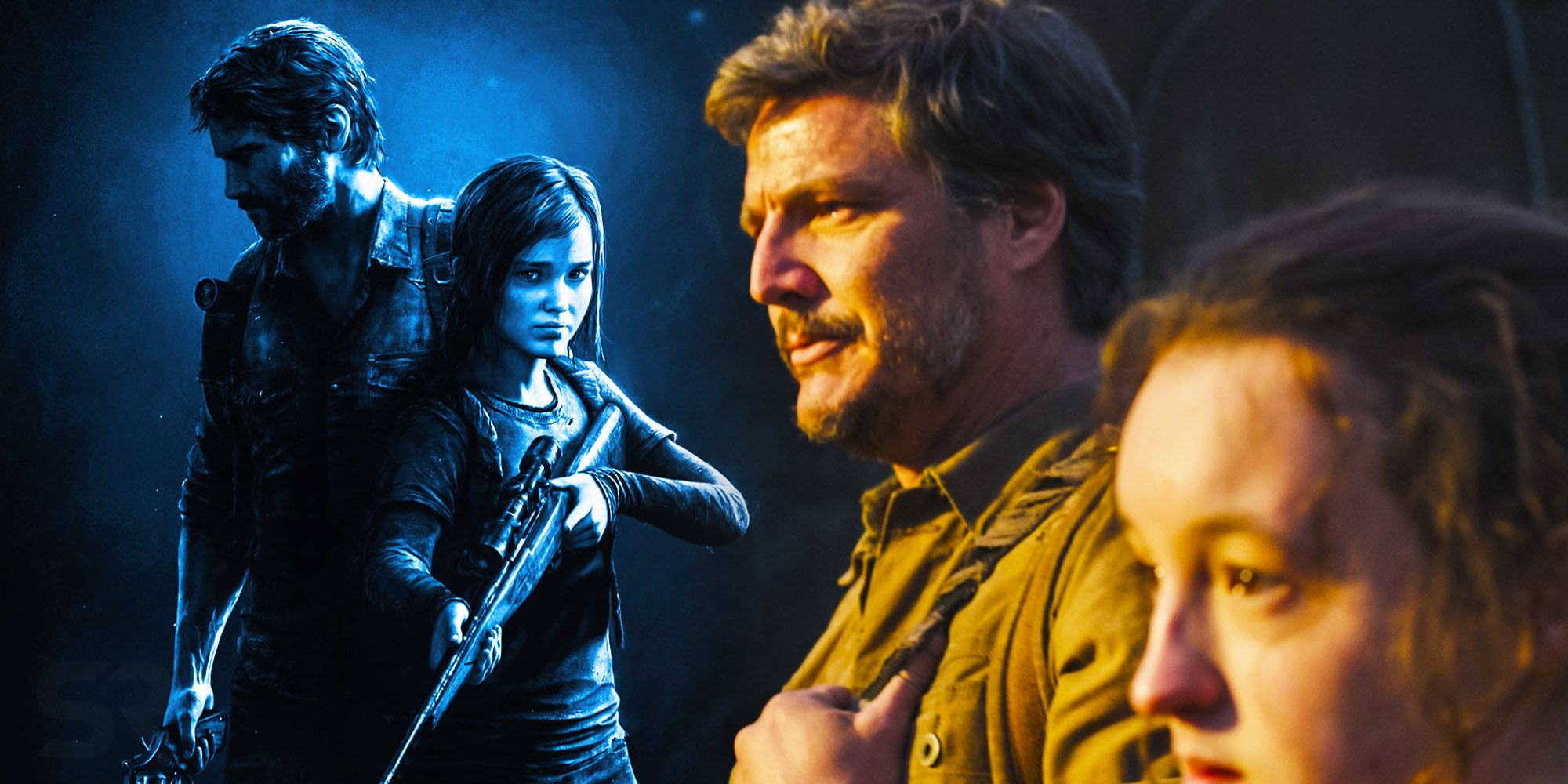Warning! This article contains spoilers for both The Last of Us episode 2 and the original game.HBO's The Last of Us episode 2 introduced the first significant change from the original game, making the infected all the more terrifying than before through a hive-mind aspect. In the episode, Joel and Tess think of the best way to take Ellie to the State House to reunite with the Fireflies. The duo states that they could either take the safer long route, or the more dangerous-yet-quicker journey.
At first, they opt for the former which takes them to a hotel to scout if the way is still safe. Upon ascending the hotel, Joel, Tess, and Ellie see a horde of infected blocking their path to the State House. Here, Tess details the change to The Last of Us’ fungi Cordyceps-ridden infected in the form of tendrils. Tess explains that the tendrils spawned by the fungi can connect the infected from miles apart in a hive-mind-like way.
The Last Of Us' Zombie Hive Mind Makes The Infected Even Harder To Beat
Tess, in a bid to teach Ellie how to stay alive, explains that stepping on a tendril in one place can alert a horde of infected from other areas that will hunt the culprit down. This makes the infected much more difficult than the games, as a danger that is seemingly miles away can be alerted at a moment's notice. In the game, the infected were difficult through the gameplay elements implemented. However, the change for HBO's Last of Us show makes them more difficult in a realistic way. The tendrils are a way of making Cordyceps itself feel more alive, rather than simply utilizing the infected monsters it creates.
The Last Of Us' Zombie Hive Mind Is A Good Game Change
While including the tendrils and the hive-mind aspect of the infected may be controversial - especially due to its replacement of the game's spores - it actually makes a lot of sense. The first way is simply how the tendrils fit the medium of TV better than the game. If the tendrils had existed in the game, it would be made infinitely more difficult in that you could alert hordes of monsters to fight at any given time. With a TV show, however, this added element of danger only makes the story feel higher in stakes and engrosses audiences further as a result.
Secondly, the decision to use tendrils to replace spores marks the first major game change outside The Last of Us' inconsequential timeline changes. As explained by co-creator Neil Druckmann to Comicbook.com, spores would have made the series highly unrealistic. If a concept like spores were included in the "real world" of HBO's Last of Us, they would have spread endlessly over the world in the 20-year time gap and everyone would either be infected or forced to wear gas masks permanently. Changing this to tendrils makes more logical sense by embodying how real-life fungi act while increasing the dramatic tension of The Last of Us as a whole.
New episodes of The Last of Us release every Sunday on HBO.



